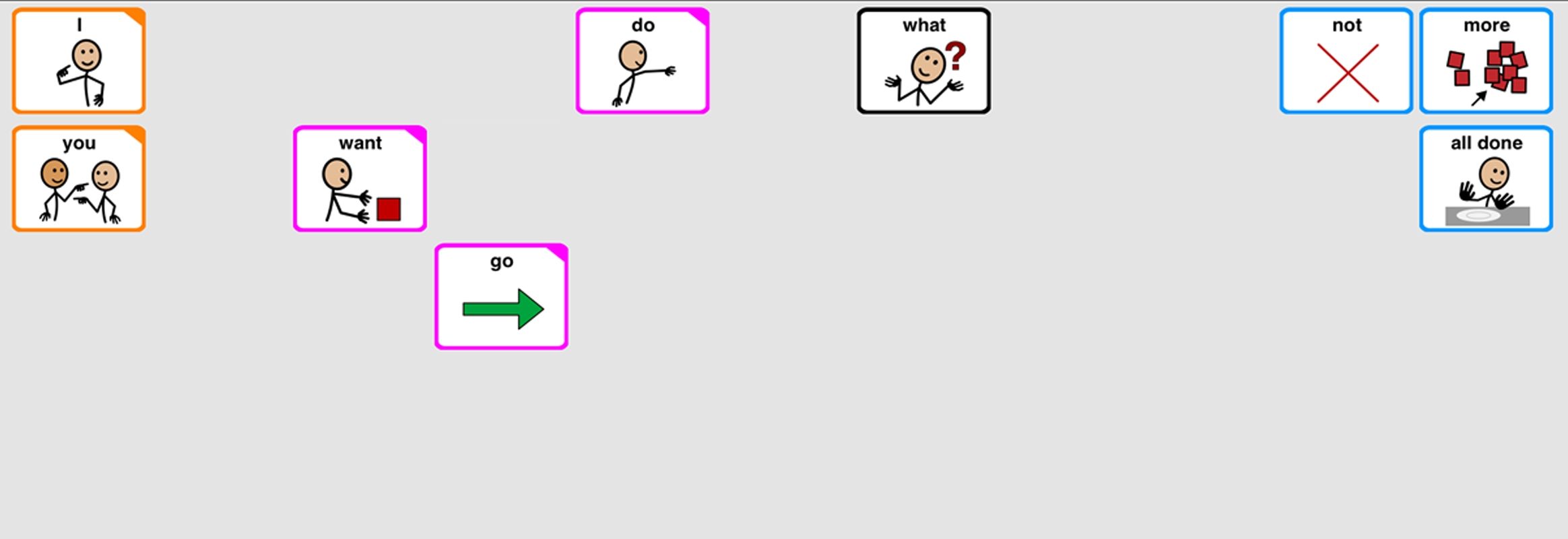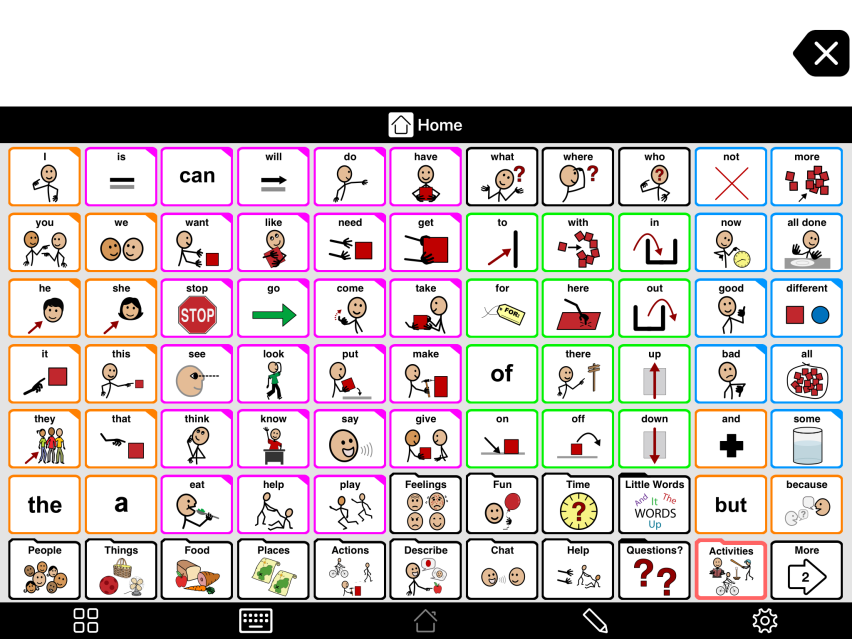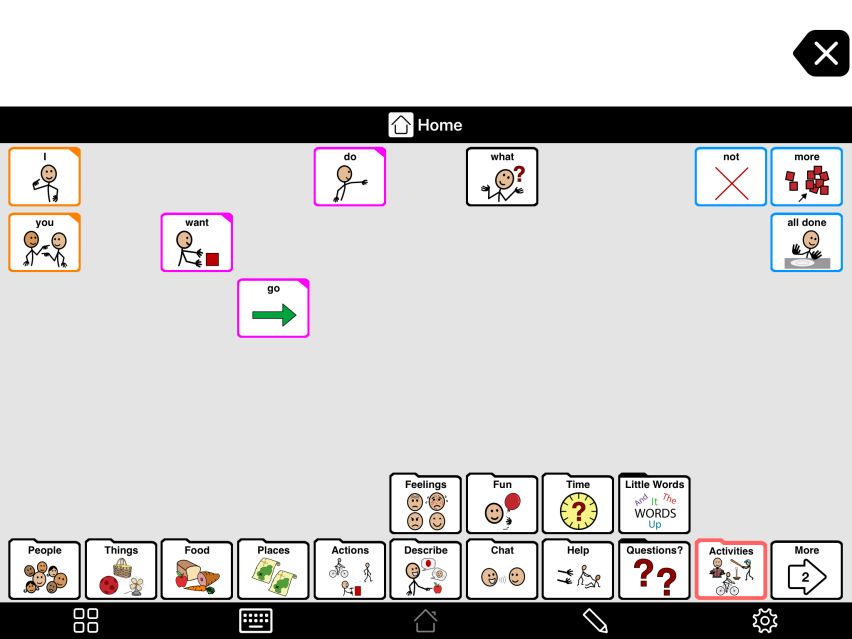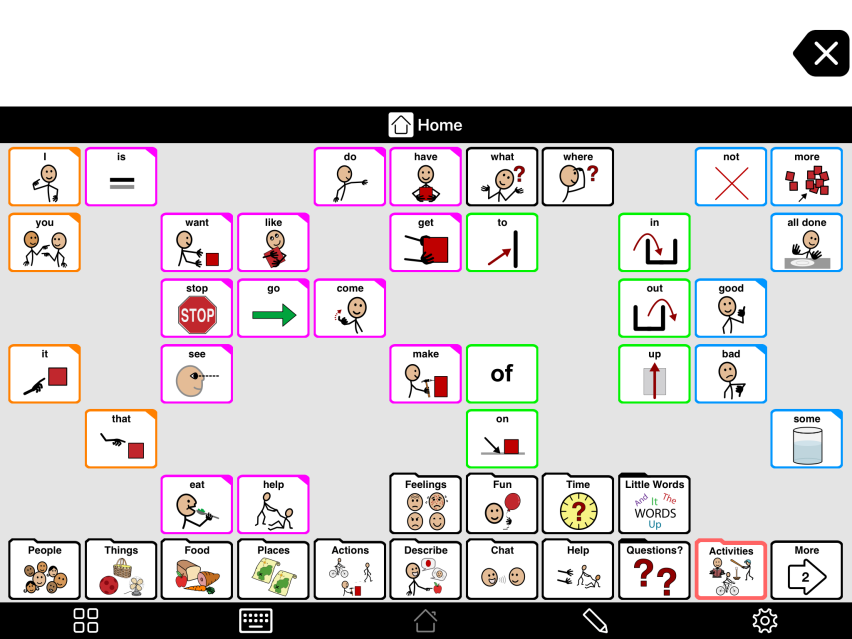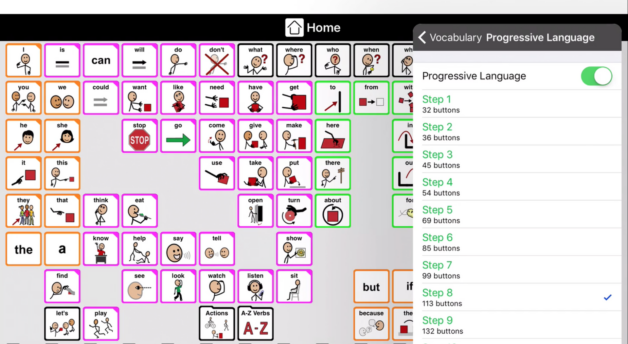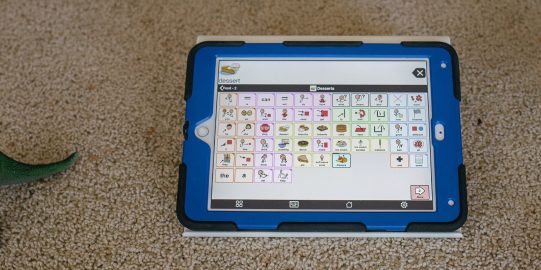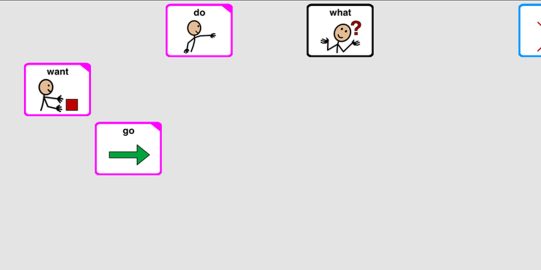The problem
No matter how it happens, developing language is a complex task which takes time and effort. Think about it - for many babies, it takes over a year of being constantly exposed to language from everyone around them to even be able to say a few words. It’s a gradual process, with memorization and trial and error along the way.
When we started visiting schools and speaking with parents of Augmentative and Alternative Communication (AAC) users, we could understand why many of them were hesitant to offer a system with a full vocabulary to new AAC users who were just learning basic communication skills. The worry for many people seemed to be that if an AAC user would become frustrated or overwhelmed too early on, it would be difficult to keep getting them to communicate using it.
We know that many speech language pathologists (SLPs) consider it best practice to presume a user’s competence. One way of doing this is to offer them as many words as possible as soon as they start using AAC. Still, we wanted to strike a balance: between having access to what they might want to say, and making it possible to introduce words in a way that might be considered less overwhelming.
